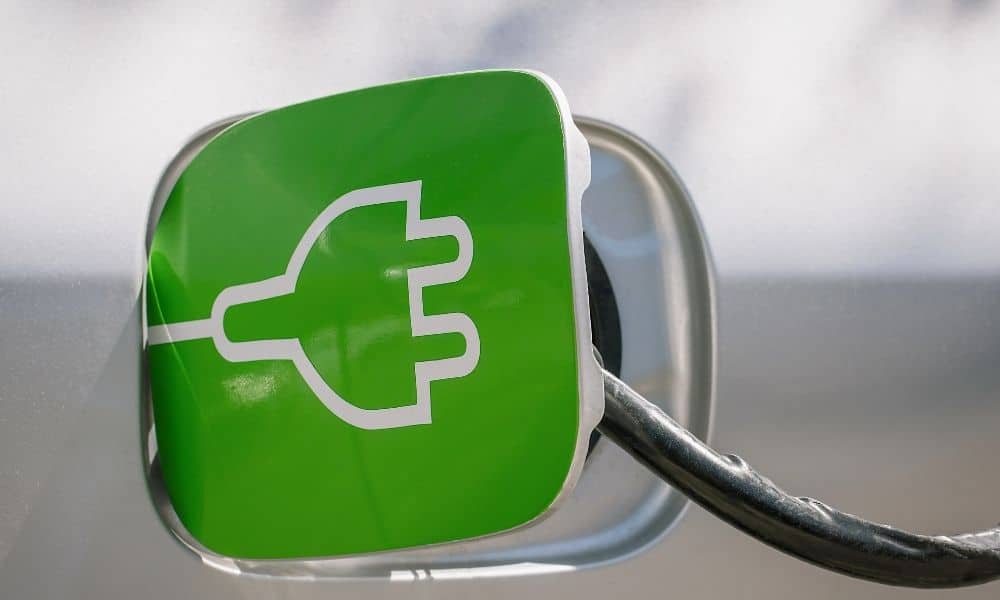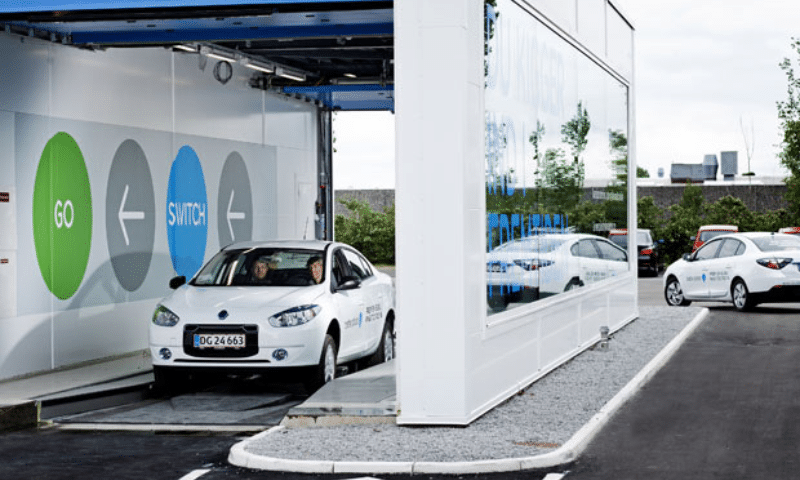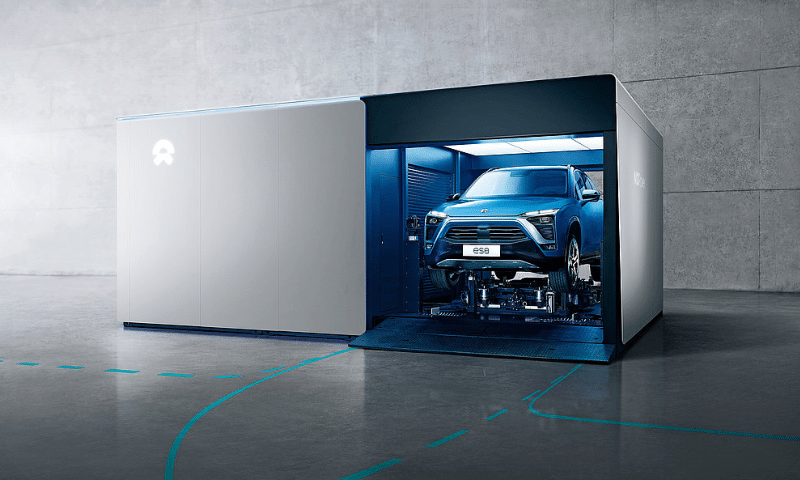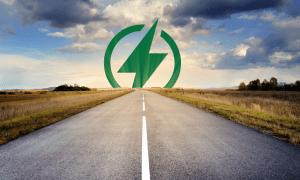“Range anxiety” is a common theme amongst consumers considering the switch to an EV. It’s a simple problem to understand; petrol stations are abundant but charging infrastructure is not, particularly in Australia where the industry is still in its infancy. The fear that your EV will run out of power and leave you stranded is one of the key barriers to entry for many would-be EV owners.
But what if there was a way to charge your EV as quickly and easily as you could fill up a tank of petrol? What if, instead of waiting long periods for your car to charge, you could swap out your battery in a matter of minutes?

It’s an intriguing proposition and one that is being trialled by a number of companies around the world. Chinese car manufacturer Nio opened an electric vehicle battery swapping station in Norway and battery manufacturer CATL rolled out EVOGO, an innovative modular battery swap solution. India’s finance minister has also promised to introduce a battery swapping policy. Despite this, this seemingly logical solution is not without its detractors. Tesla, for one, is less than enthused about the idea of battery swapping. A Tesla official called it “riddled with problems and not suitable for wide-scale use.”
So what is the truth about battery swapping? In this article, we’ll explore the pros and cons of this emerging EV charging solution.

What is EV battery swapping?
Battery swapping or Battery-as-a-Service (BaaS) allows EV users to remove a depleted battery from an EV and replace it with a fully charged spare at designated ‘battery swap stations (BSS)’. This can be done quickly, in a matter of minutes, allowing drivers to continue their journey without having to wait at least 30 minutes to charge their battery.
For cars, the battery swap-out process is simple and completely autonomous. You drive your EV to a battery swapping station and the station itself completes the rest of the work, including lifting the car, removing the bolts for the chassis and battery and then replacing the empty battery.

For heavy-duty vehicles including trucks, buses and construction vehicles, a robotic crane lifts battery packs from either above or from the side of the vehicle. In the case of swapping in the two and three-wheeler micromobility segment, a self-service approach is used wherein the user replaces smaller, lightweight battery packs themselves from a vending-machine-like swap station that holds spare batteries.
Nio Power Swap Stations
“Fully-automatic battery swap in just a short coffee break”. This is the promise of Chinese EV manufacturer Nio, whose patent battery swap stations are installed across China and will be scattered across Norway’s main roads in its five largest cities by the end of 2022. There are currently over 900 operational Nio battery swapping stations in China and, to date, those stations have carried out over seven million swaps.

Nio claim that their Power Swap stations can swap a depleted battery to a fully charged one in just three minutes. In addition, automatic battery and electric system checks are performed during each swap to keep both the vehicle and battery in the best shape.
There is, however, a catch – only Nio cars are compatible with the Nio Power Swap stations. So, while the company’s infrastructure is growing, it isn’t yet a solution that can be adopted by all EV manufacturers.
The advantages of EV battery swapping
The main advantage of EV battery swapping is that it offers a much faster ‘refueling’ process than traditional charging. If you’re running low on power and need to get back on the road quickly, battery swapping is a compelling solution.
As it currently stands, the fastest DC charging stations can take anywhere between 15 to 40 minutes to fully charge, and it’s recommended that rapid charging isn’t used regularly as it can damage the health of your EV’s battery. In comparison, battery swapping typically takes less than five minutes, with some companies claiming they can do it in as little as one.
Battery swapping may also provide a solution to the challenges associated with the rapid development of charging infrastructure that can cope with a mass rollout of EVs. Cable-based charging units alone may not satisfy the market demand as EV sales outpace the installation rate.
As EV ranges get longer and batteries get bigger, some experts claim that fast-charging technology is fighting physics. The bigger the battery, the more time it takes to charge. In order for everyone to be able to get back on the road quickly, hundreds of thousands of high-powered charging stations would need to be built – an expensive and time-consuming process.
Another advantage is that battery swapping offers greater flexibility for consumers. Leasing the battery saves the upfront purchase cost of an EV – some experts claim it could reduce the cost by 30-50%. Decoupling the battery from the vehicle itself also means that drivers can easily upgrade to the latest battery technologies provided their Battery Management System (BMS) is compatible. This means that a 10-year-old EV can still perform as well as it did when it rolled out of the factory.
Finally, batteries in a swap station can be centrally trickle-charged, eliminating the negative side effects of DC fast charging.

The disadvantages of EV battery swapping
After reading the advantages, it almost seems like battery swapping is the perfect solution to common EV charging issues….. So, what’s the catch?
As it turns out, there are many obstacles to consider when it comes to the large-scale application of battery swapping.
The first is that, as we’ve already mentioned, the current infrastructure is only compatible with a limited number of EVs. This lack of standardisation means that it would be very difficult – and expensive – to roll out on a large scale.
In order for battery swapping to become a viable solution, all EV manufacturers would need to develop models that are compatible with the same system. This would require a huge amount of investment and coordination – something that’s not easy to achieve in such a competitive market.
Another issue is that battery swapping stations are expensive to build and maintain. Every Nio Power Swap station currently cost upwards of one million Australian dollars to build – add in the land or operational costs and you’re looking at a huge capital investment that will be slow to recoup.
There is also the question of space. A battery swapping facility requires a large space to operate. In the same space required to build one battery swapping station, a Tesla Supercharger of 10 stalls could be built, meaning overall it would be faster for cars to recharge rather than battery swap. This also poses a problem for high-density areas where space is at a premium.
Finally, there are environmental concerns to consider. The whole premise of battery swapping relies on the continuous cycle of reusing batteries. For every EV, there will need to be multiple batteries on standby, ready to be swapped in and out as needed – which could create mountains of e-waste. EVs are lauded for their green credentials but, if we’re not careful, the battery swapping infrastructure could create a whole new environmental problem.
At the moment, it seems that battery swapping is more of a solution in theory than in practice. While it does offer some advantages over traditional charging methods, the challenges – both technical and logistic – are significant. Until these challenges are overcome, it’s unlikely that we’ll see battery swapping stations overtaking charging stations anytime soon.
What role will battery swapping play in the future of electric vehicles?
While it’s unlikely that battery swapping will replace charging stations entirely, the technology does have a role to play in the future of electric vehicles.
In particular, battery swapping could be a viable solution for commercial fleets all owned and operated by the same company. For these fleets, the capital investment required to build and maintain a battery swapping infrastructure would be much easier to recoup.
Similarly, it would also work well for rideshare and public transport fleets where vehicles return to the depot at the end of each shift. In these cases, battery swapping could offer a quick and efficient way to recharge the fleet overnight, ready for another day on the road.
Battery swapping would also work well with smaller vehicles, such as e-bikes, which often already have removable batteries. For these vehicles, the cost and space requirements of battery swapping are much less of an issue.
In reality, only time will tell what role battery swapping will play in the future of electric vehicles. As the technology develops and becomes more refined, we may see it become a more viable solution for a wider range of applications. For now, though, it seems that charging stations are here to stay.
If you’re looking to upgrade to an EV, compare the EVs currently available in Australia and book a test drive!
Now is the right time to switch to Brisbane solar energy. We recommend seeking at least 3 solar quotes to ensure that you are getting the best deal and selecting the right solar installer in Brisbane whom you can trust. With this, you can guarantee a solar system in Brisbane that meets your energy needs.











































